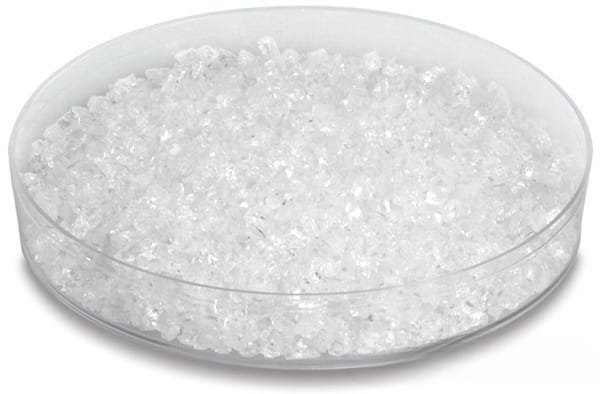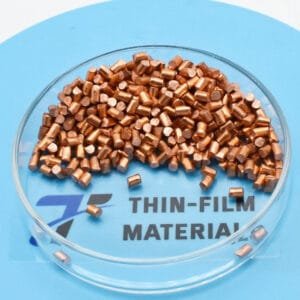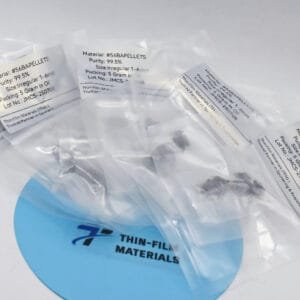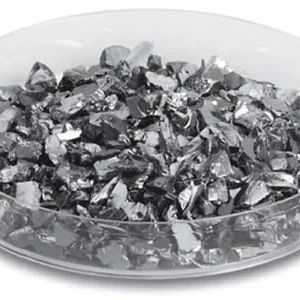Lanthanum Trifluoride Evaporation Materials Overview
Lanthanum trifluoride (LaF3) is a high-purity fluoride ceramic material utilized in evaporation processes. This compound plays a crucial role in ensuring the quality of deposited films. TFM is renowned for its expertise in producing LaF3 with exceptional purity levels, up to 99.9995%, thanks to rigorous quality control measures.
Related Products: Lanthanum Evaporation Materials
Lanthanum Trifluoride Evaporation Materials Specification
| Material Type | Lanthanum Trifluoride |
| Symbol | LaF3 |
| Appearance/Color | White crystalline powder |
| Melting Point | 1,493 °C (2,719 °F; 1,766 K)[ |
| Density | 5.9 g/cm3 |
| Purity | 99.9% ~ 99.99% |
| Shape | Powder/ Granule/ Custom-made |
Lanthanum Trifluoride Evaporation Materials Application
Lanthanum trifluoride is used extensively in various deposition techniques, including semiconductor deposition, chemical vapor deposition (CVD), and physical vapor deposition (PVD). Its primary applications are in optics for wear protection, decorative coatings, and display technologies.
Packaging and Handling
Lanthanum trifluoride evaporation materials are meticulously labeled for easy identification and quality control. Packaging is designed to prevent damage during storage and transportation.
Contact Information
TFM is a leading supplier of high-purity lanthanum trifluoride evaporation materials, offering a range of forms such as tablets, granules, rods, and wires. We also provide custom solutions to meet specific needs. In addition, TFM offers evaporation sources, boats, filaments, crucibles, heaters, and e-beam crucible liners. For current pricing and inquiries about products not listed, please reach out to us directly.


 MSDS File
MSDS File



Reviews
There are no reviews yet.